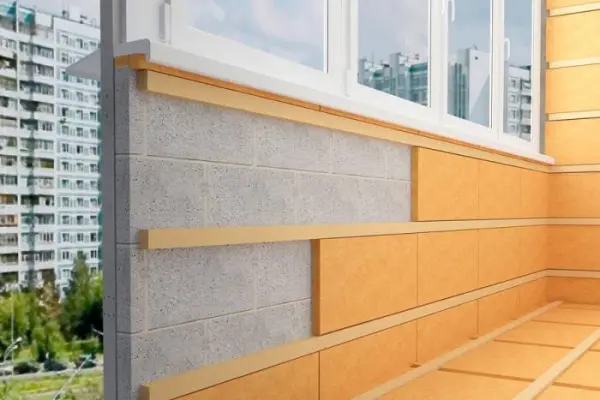Balcony insulation has become an integral part of creating comfortable living space. According to European research on thermal insulation materials, proper balcony insulation reduces apartment heat loss by 10-20% and allows saving $80-150 per year on heating depending on area and climate zone. Modern technologies for interior and exterior balcony insulation open wide possibilities for transforming this space into a warm balcony - a full-fledged living area.
It should be taken into account that quality loggia insulation requires a comprehensive approach, just as surgery requires precision in every movement. In practice working with private clients, cases are often encountered where homeowners underestimate the importance of proper material selection for balcony insulation. The cost of mistakes can reach $800-1,200 for renovation depending on the scope of work.
Insulation is not just laying material, but creating an energy-efficient system that serves for decades.
Insulation methods: interior and exterior balcony insulation
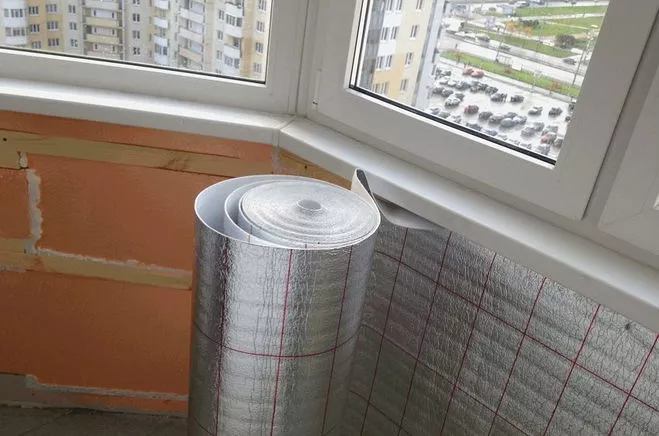 Balcony insulation technology is divided into two main directions. Interior insulation is more accessible for DIY implementation. Exterior balcony insulation provides better energy efficiency but requires a professional approach.
Balcony insulation technology is divided into two main directions. Interior insulation is more accessible for DIY implementation. Exterior balcony insulation provides better energy efficiency but requires a professional approach.
It is known that exterior balcony insulation shifts the dew point toward the street. Condensation disappears forever. However, in apartment buildings such an approach is often limited by building codes and requires coordination with the management company.
In one recent project, exterior balcony insulation allowed increasing room temperature by 8°C in winter without additional heating.
How to insulate a balcony properly? The choice between interior and exterior methods depends on the building's structural features, budget, and technical possibilities for work execution.
Exterior balcony insulation: advantages and limitations
 Exterior balcony insulation is considered the most effective solution from a thermal engineering perspective. Main advantages include preserving interior space, shifting the dew point to the exterior layer, and absence of thermal bridges through interior fasteners.
Exterior balcony insulation is considered the most effective solution from a thermal engineering perspective. Main advantages include preserving interior space, shifting the dew point to the exterior layer, and absence of thermal bridges through interior fasteners.
However, exterior insulation has significant limitations. High-altitude work requires involving industrial climbers. Cost increases 2-3 times compared to interior insulation and can reach $80-120 per m². Additionally, changing building facade in most countries requires coordination with architectural services.
Exterior balcony insulation technology
Exterior insulation is performed using "wet facade" technology with mineral wool density of at least 145 kg/m³ or polystyrene foam PSB-S-25F. Insulation thickness for moderate climate is 100-120 mm. The system includes:
- Cleaning and priming the parapet surface
- Installing insulation with adhesive plus additional mechanical fastening
- Reinforcing layer with fiberglass mesh
- Decorative plaster or cladding
It should be considered that with exterior parapet insulation, quality waterproofing of the upper part of the structure is critical to prevent water infiltration.
Insulation materials: comparative analysis of thermal insulation
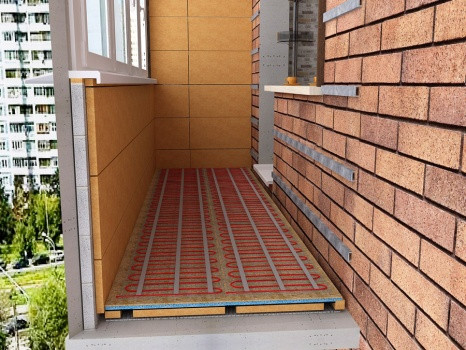 The modern market offers numerous solutions for balcony thermal insulation. Penoplex for balconies remains a popular choice due to low thermal conductivity of 0.030 W/(m·K) - this indicator shows how much heat passes through 1-meter thick material with 1°C temperature difference. Mineral wool for insulation provides excellent sound insulation, reducing noise levels by 15-25 dB in combination with quality glazing. Foam insulation remains a budget solution for limited budgets.
The modern market offers numerous solutions for balcony thermal insulation. Penoplex for balconies remains a popular choice due to low thermal conductivity of 0.030 W/(m·K) - this indicator shows how much heat passes through 1-meter thick material with 1°C temperature difference. Mineral wool for insulation provides excellent sound insulation, reducing noise levels by 15-25 dB in combination with quality glazing. Foam insulation remains a budget solution for limited budgets.
Environmental friendliness and energy efficiency of modern insulation materials
PIR boards from leading manufacturers and basalt wool contain up to 20% recycled materials. Carbon footprint is reduced by 15%. Environmentally friendly materials are especially important for children's rooms and bedrooms organized on insulated balconies, since considering structural features, these rooms require special attention to air quality. PIR boards have a guaranteed service life of 25-30 years with manufacturer-declared lifespan up to 50 years.
| Material | Thermal conductivity (W/m·K) | Price per m² ($) | Service life (years) | Moisture resistance |
|---|---|---|---|---|
| Penoplex (XPS) | 0.030 | 8-12 | 25-30 (up to 50) | High |
| Basalt wool | 0.035 | 6-10 | 25-30 (up to 50) | Medium |
| Foam plastic | 0.038 | 3-5 | 15-25 | Low |
| PIR boards | 0.021 | 15-20 | 25-30 (up to 50) | High |
The presented characteristics help make an informed material choice depending on budget and energy efficiency requirements. At one of last season's projects, choosing more expensive PIR boards paid off within 2 years due to heating savings.
Step-by-step balcony insulation stages
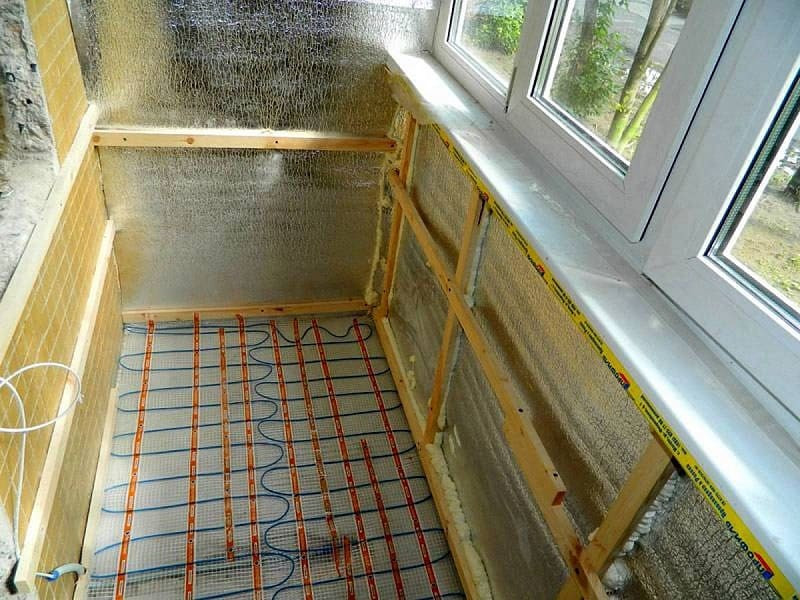 How to insulate a balcony yourself properly? The process requires a systematic approach. Always start with surface preparation. Rushing is inappropriate here.
How to insulate a balcony yourself properly? The process requires a systematic approach. Always start with surface preparation. Rushing is inappropriate here.
Stage 1: Preparatory work and balcony insulation services
Load-bearing capacity of balcony slabs differs by building series: Khrushchev buildings (1-335, 1-464) - 200 kg/m², Stalin buildings - 400-600 kg/m², panel buildings series P-44, P-3 - 350-400 kg/m². Considering structural features, it's important to conduct load-bearing capacity inspection before starting work. Parapet reinforcement may require additional investments up to $500, but ensures operational safety for decades ahead.
Proper preparation is half the success in insulation. Saving at this stage turns into future problems.
Stage 2: Balcony waterproofing and vapor barrier
Waterproofing protects from external moisture. Balcony vapor barrier prevents internal condensation. Modern membrane materials serve up to 25 years and cost $2-4 per m², but by the way, quality balcony waterproofing can cost more than basic insulation.
Stage 3: Thermal insulation installation and balcony wall insulation
Balcony wall insulation is performed using adhesive foam or mechanical fastening. Extruded polystyrene is laid in one or two layers depending on regional climate conditions. It's important to ensure proper dew point - the temperature at which water vapor condenses into water (calculated by formula based on temperature and relative humidity), otherwise moisture forms inside the structure, destroying insulation within 2-3 seasons.
Required insulation thickness depends on climate zone: for moderate climate (Ukraine, Central Europe) - 80-100 mm of Penoplex, for northern regions - up to 150 mm.
In practice, I often notice that homeowners underestimate the importance of joint sealing - this is critical for the entire system's efficiency.
Ventilation of insulated warm balcony
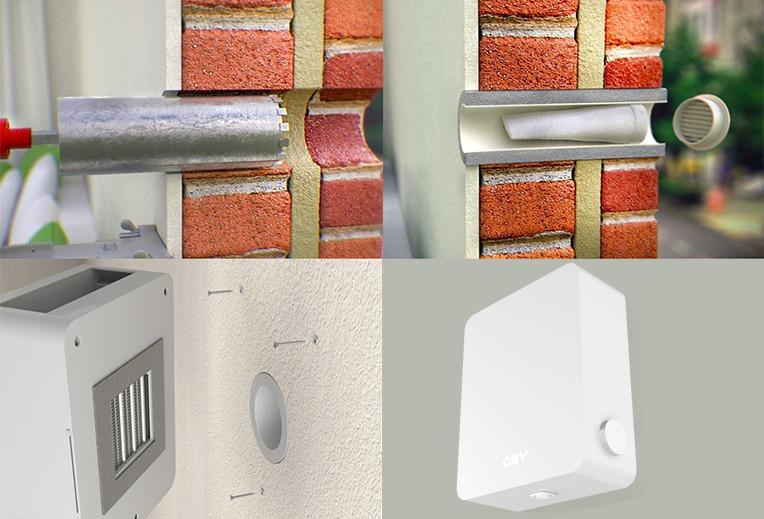 Airtight insulation requires air exchange organization. Stuffiness is unacceptable. Supply and exhaust ventilation prevents stuffiness and mold appearance, since thus, minimum air exchange for balconies is 0.2-0.3 room volumes per hour (for living rooms the norm is higher - 0.5), which is ensured by installing supply valves or recuperators costing from $150.
Airtight insulation requires air exchange organization. Stuffiness is unacceptable. Supply and exhaust ventilation prevents stuffiness and mold appearance, since thus, minimum air exchange for balconies is 0.2-0.3 room volumes per hour (for living rooms the norm is higher - 0.5), which is ensured by installing supply valves or recuperators costing from $150.
Common mistakes in DIY balcony insulation
Most common DIY balcony insulation mistakes include improper vapor barrier, creating thermal bridges, and ignoring structural load-bearing capacity. Correction costs reach 40-60% of initial expenses depending on renovation scope.
Balcony vapor barrier mistakes
Vapor barrier is a material that prevents water vapor penetration into insulation. Mistakes are expensive. Improper vapor barrier installation leads to moisture accumulation and thermal insulation destruction within one heating season, therefore it should be considered that film is always installed on the warm side of insulation according to building codes.
Fire safety of materials
All insulation materials must comply with combustibility class no lower than G1 (low combustible). Polystyrene belongs to class G3-G4, therefore requires protection with non-combustible materials. Mineral wool has class NG (non-combustible), making it preferable for residential premises.
Thermal bridges and their elimination
Metal fastening elements create paths for heat escape. The danger is underestimated. It should be considered that one uninsulated dowel can reduce insulation efficiency by 5-10% per square meter, turning expensive balcony thermal insulation into decoration.
Checklist for loggia insulation self-inspection
- Balcony slab load-bearing capacity checked
- Continuous waterproofing installed without gaps
- Insulation fits tightly without gaps
- Vapor barrier installed on correct side
- All joints sealed with special tape
- Ventilation system organized
This checklist will help avoid 90% of typical mistakes in DIY insulation.
Seasonality and approvals for insulation
Optimal time for balcony insulation is late spring or early summer, when air humidity is minimal. In practice working with clients in various countries, air temperature should be above +5°C for most adhesive compounds and polyurethane foams.
Documentation and permits by regions
In Ukraine, exterior balcony insulation requires coordination with OSBB or management company according to Housing Code of Ukraine. In the USA, permission from homeowners association (HOA) or Building Department is necessary. In Great Britain, Planning Permission is required for changing building exterior appearance. Canada requires Building Permit for structural changes according to National Building Code.
It's important to remember that unauthorized exterior insulation can result in fines up to $2,000 and demolition requirement at owner's expense. In historic districts, exterior insulation is often completely prohibited.
Glazing and turnkey balcony insulation
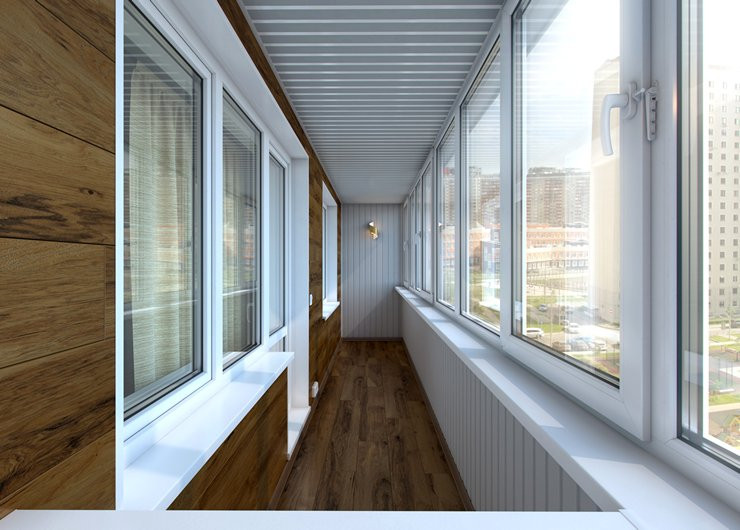 Quality glazing complements the insulation system. Triple glazing with energy-saving coating increases balcony temperature by 6-8°C in winter. Such glazing costs $150-300 per m² depending on manufacturer, but by the way, it's known that saving on glazing nullifies all effectiveness of expensive insulation.
Quality glazing complements the insulation system. Triple glazing with energy-saving coating increases balcony temperature by 6-8°C in winter. Such glazing costs $150-300 per m² depending on manufacturer, but by the way, it's known that saving on glazing nullifies all effectiveness of expensive insulation.
Thus, a comprehensive approach to insulation includes not only thermal insulation, but also quality glazing, vapor barrier, and ventilation. Expert recommendations from specialists emphasize the importance of each system element for long-term efficiency.
Ceiling and floor insulation: heated floor on balcony
Balcony ceiling insulation prevents up to 25% heat loss. Modern PIR boards 30-50 mm thick provide effective insulation without significantly reducing room height. Balcony floor insulation requires special attention to loads.
Floor insulation can be performed in three ways:
- Heated floor system with cable heating
- Infrared film under finish coating
- Traditional insulation with subsequent screed
Heated floor on balcony provides comfort even on coldest days. Investment pays off within 2-3 heating seasons.
"In our Berlin project, balcony insulation with PIR boards for $800 allowed creating a comfortable home office where temperature doesn't drop below 18°C in winter. According to realtor assessment, insulation increased apartment value by $4,500, which is a reasonable premium for German real estate market" - review from Lena and Thomas, homeowners.
Work costs: balcony insulation price and exterior insulation
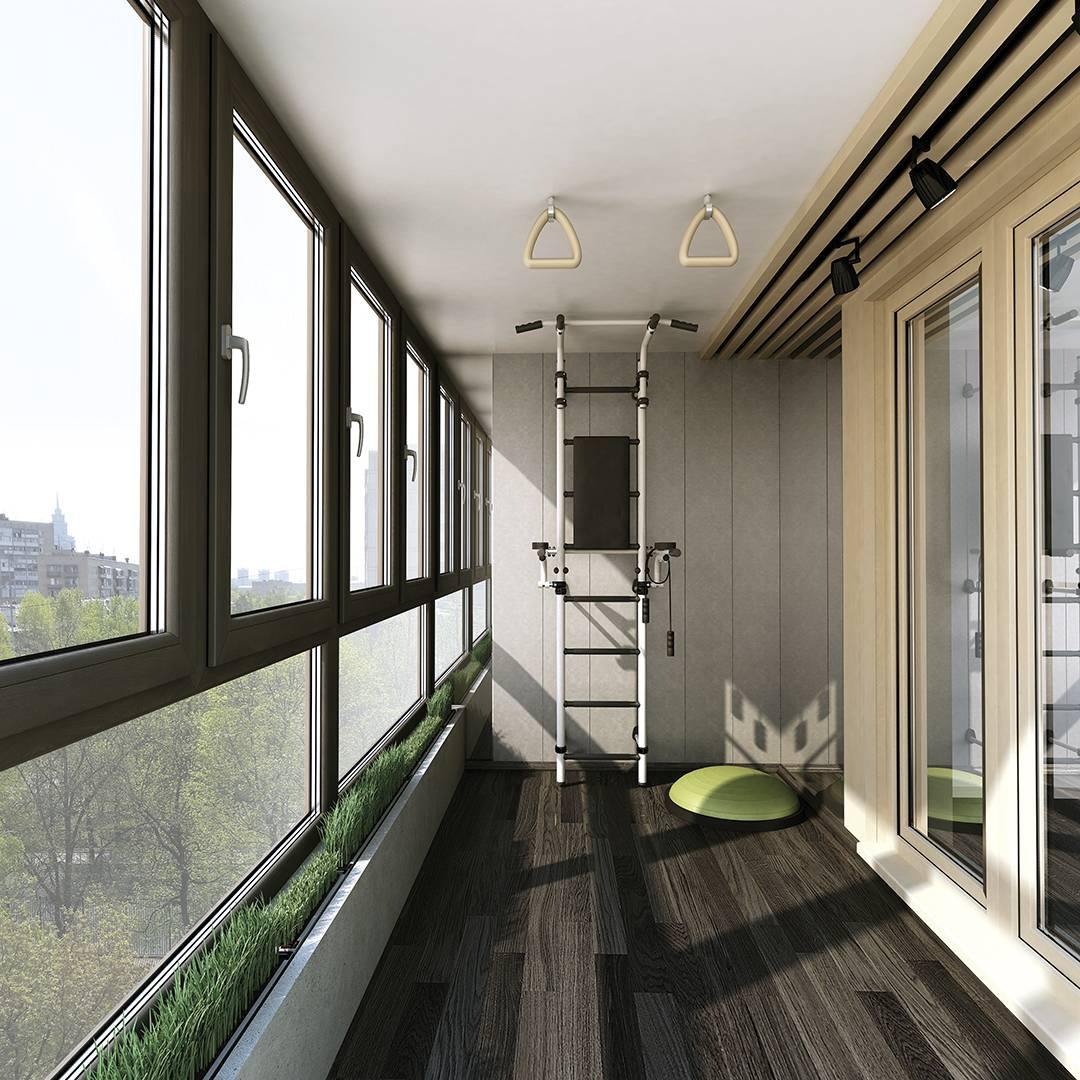 Balcony insulation price varies widely depending on chosen balcony insulation technology and materials. Interior insulation: budget option with foam will cost $200-400 for average balcony, premium solution with PIR boards - $1,500-2,500. Exterior balcony insulation price is $600-1,200 for 6 m² balcony including industrial climber work. If you decide to order professional balcony insulation, add 40-60% to material costs for interior work.
Balcony insulation price varies widely depending on chosen balcony insulation technology and materials. Interior insulation: budget option with foam will cost $200-400 for average balcony, premium solution with PIR boards - $1,500-2,500. Exterior balcony insulation price is $600-1,200 for 6 m² balcony including industrial climber work. If you decide to order professional balcony insulation, add 40-60% to material costs for interior work.
Balcony insulation cost includes not only materials, but also installation work, surface preparation, and finish work. Facade balcony insulation requires additional expenses for project approval ($200-500) and special equipment rental.
Modern energy efficiency standards established by European Energy Performance of Buildings Directive emphasize the importance of comprehensive approach to insulation. Investment in quality thermal insulation pays off within 3-5 years due to heating savings and increased property value.
Professional balcony insulation is an investment in comfort and energy efficiency of housing. Modern balcony thermal insulation technologies allow creating full-fledged living space that serves for decades. Proper choice of balcony insulation materials and adherence to installation technology guarantee excellent results and quick return on investment in energy-saving solutions.
